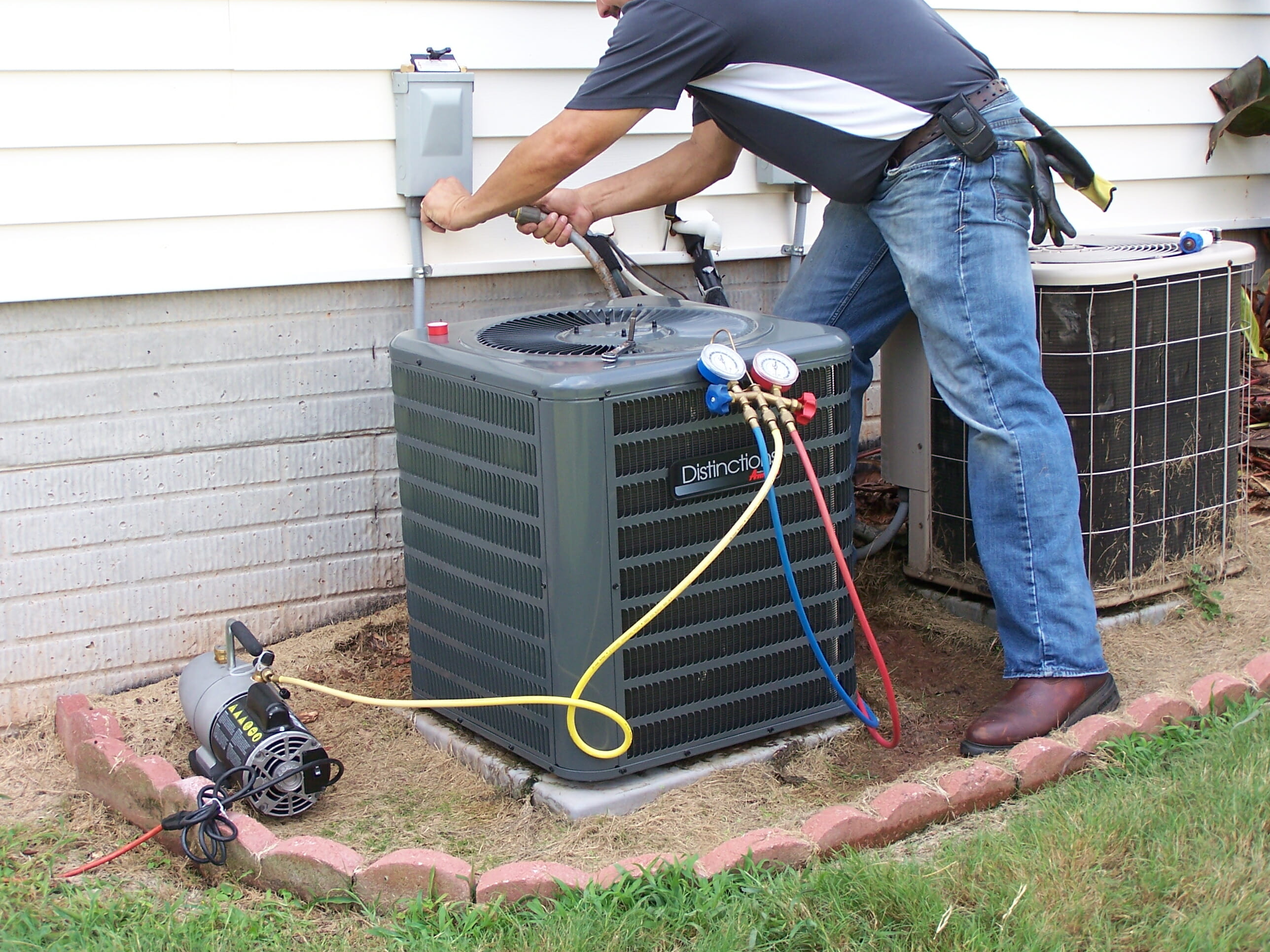Your AC's Secret Weapon The Condensation Pump

Ever wonder what that quiet hum is coming from your air conditioner? It might just be your condensate pump, the unsung hero of your home's cooling system. Seriously, this little device is working overtime to keep your house from turning into a swamp. We're talking about preventing water damage, ensuring efficient cooling, and basically making sure you don't have to live in a humid mess. So yeah, it's kind of a big deal.
Air conditioners, by their nature, create condensation. It’s simple science warm air hits the cold coils, and boom, water droplets form. Now, gravity does its thing for a while, but eventually, that water needs a way out, especially in systems where natural drainage isn't possible. That's where the AC condensate pump steps in. This little workhorse collects the condensate and pumps it away, preventing it from accumulating and causing all sorts of problems.
These pumps aren't exactly new tech. They’ve been around for decades, evolving alongside air conditioning systems. Early versions were relatively simple, but modern condensate removal pumps are more sophisticated, incorporating features like safety switches and alarms to prevent overflows. Their importance can’t be overstated. Imagine a world without them your AC would be a leaky mess, potentially leading to water damage, mold growth, and a generally unpleasant living environment.
But like any hardworking piece of equipment, condensate pumps for air conditioners can run into issues. Clogs are a common culprit, often caused by dust, debris, and even algae growth. A malfunctioning pump can also lead to leaks and overflows, which is why regular maintenance is key. Think of it like changing the oil in your car – a little preventative care goes a long way.
So, what exactly is a condensate removal system? In simple terms, it's a small pump, usually located near the air handler, that collects and removes the condensation produced by your AC unit. It typically consists of a reservoir, a pump, and a drainage line. The reservoir collects the water, the pump pushes it out through the drainage line, and voila – no more unwanted moisture.
Benefits? Oh, there are plenty. Firstly, these pumps protect your home from water damage. No more worrying about soggy ceilings or mold infestations. Secondly, they contribute to a healthier indoor environment by preventing the buildup of moisture, which can lead to allergens and respiratory problems. And finally, a properly functioning condensate pump ensures the efficient operation of your air conditioner, helping you stay cool and comfortable without breaking the bank.
Maintaining your condensate pump is surprisingly straightforward. Regularly inspect the unit for leaks, clean the reservoir to prevent clogs, and check the drainage line to ensure it's clear. You can also add a bit of bleach to the reservoir to prevent algae growth. Simple, right?
Advantages and Disadvantages of Condensation Pumps
| Advantages | Disadvantages |
|---|---|
| Prevents water damage | Requires maintenance |
| Improves indoor air quality | Can be noisy if not properly installed |
| Enhances AC efficiency | Can malfunction, leading to leaks |
Best Practices for Condensate Pump Maintenance:
1. Regularly inspect for leaks.
2. Clean the reservoir periodically.
3. Check the drainage line for clogs.
4. Add a small amount of bleach to the reservoir to prevent algae growth.
5. Consider professional maintenance annually.
Frequently Asked Questions:
1. What is a condensate pump? (Answered above)
2. Why is my condensate pump leaking? (Possible clog, malfunctioning pump)
3. How often should I clean my condensate pump? (Every few months)
4. Can I replace my condensate pump myself? (Consult a professional)
5. How much does a condensate pump cost? (Varies depending on the model)
6. What causes a condensate pump to overflow? (Clogged drain line, malfunctioning pump)
7. How do I know if my condensate pump is working? (Check for proper drainage)
8. What is the lifespan of a condensate pump? (Several years with proper maintenance)
Tips and Tricks: Regularly inspecting and cleaning your condensate pump can prevent many common issues. Consider adding a condensate pump alarm for extra peace of mind. This will alert you to any potential problems before they escalate.
In conclusion, the condensate pump is a vital component of your central air conditioning system. It plays a crucial role in preventing water damage, maintaining a healthy indoor environment, and ensuring the efficient operation of your AC unit. While these pumps can experience occasional issues like clogs and malfunctions, regular maintenance and preventative care can significantly extend their lifespan and prevent costly repairs. By understanding how your condensate pump works and taking the necessary steps to keep it in good working order, you can enjoy a cool, comfortable, and worry-free home for years to come. Don't underestimate the power of this small but mighty device – it's working hard behind the scenes to keep your home dry and comfortable. So, next time you hear that quiet hum, give a little nod to your trusty condensate pump – it deserves it.
Eldoradogg legit or not reddits take
Unlocking the secrets of behr cameo white perfecting your paint choice
Toronto flea market finds your guide to treasure hunting













